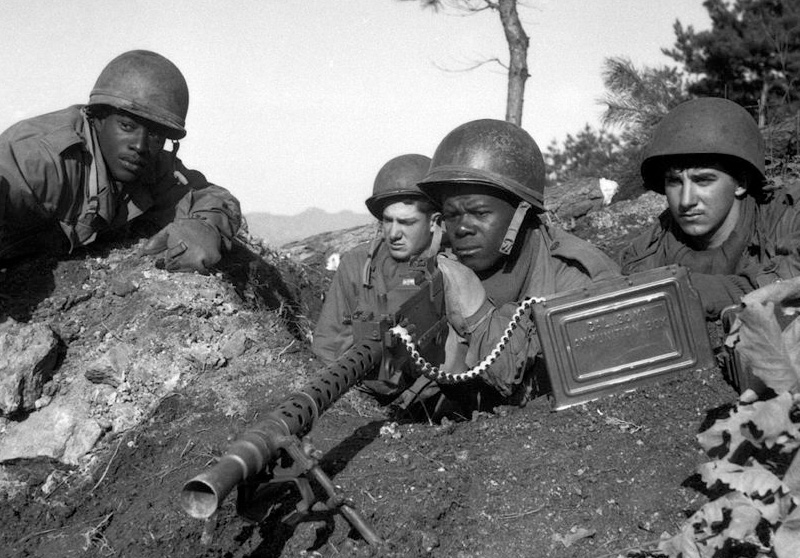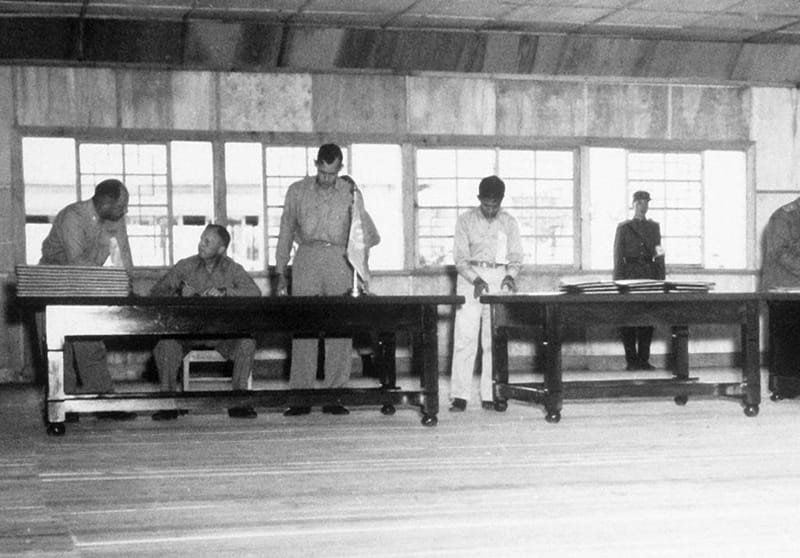Introduction
Welcome to this comprehensive article on the causes and origins of the Korean War. In this piece, we will delve into the complex factors that led to the outbreak of this significant conflict in the 20th century. By exploring the historical context, political dynamics, and key events, you will gain a deeper understanding of the origins of the Korean War and the factors that contributed to its escalation.
What You Will Learn
- The historical background leading up to the Korean War.
- The ideological and political divisions in Korea.
- The role of external powers in the conflict.
- The immediate trigger that sparked the war.
- The major phases and events of the war.
- The impact of the Korean War on international relations.
Historical Background
To understand the causes of the Korean War, it is crucial to examine the historical context. Here are the key points:
- Japanese Occupation: From 1910 to 1945, Korea was under Japanese colonial rule, which deeply impacted its society and political landscape.
- Post-World War II Division: At the end of World War II, Korea was divided along the 38th parallel into two zones: the Soviet-backed North and the U.S.-backed South.
- Emergence of Ideological Differences: The division of Korea resulted in the establishment of contrasting political systems, with North Korea adopting communism under Kim Il-sung and South Korea adopting a capitalist system.
Ideological and Political Divisions in Korea
The ideological and political divisions between North and South Korea played a significant role in the outbreak of the Korean War. Here are the key points:
- North Korean Perspective: North Korea aimed to reunify the entire Korean Peninsula under a communist regime, viewing South Korea as a capitalist puppet state.
- South Korean Perspective: South Korea sought to defend its sovereignty and maintain its capitalist system, viewing North Korea as a communist aggressor.
- Desire for Reunification: Both sides expressed a desire for reunification, but with conflicting visions for the future of a united Korea.
Role of External Powers
External powers, namely the United States, China, and the Soviet Union, also played a crucial role in the Korean War. Here are the key points:
- U.S. Involvement: The United States supported South Korea both politically and militarily, driven by its policy of containing communism and maintaining a foothold in East Asia.
- Chinese Intervention: China, fearing a U.S.-dominated unified Korea on its border, intervened on behalf of North Korea to prevent the collapse of the communist regime.
- Soviet Union’s Influence: The Soviet Union provided military aid and support to North Korea, further escalating tensions in the region.
Immediate Trigger: Outbreak of War
The immediate trigger for the Korean War was North Korea’s invasion of South Korea. Here are the key points:
- North Korean Invasion: On June 25, 1950, North Korean forces launched a surprise invasion across the 38th parallel, aiming to quickly unify the peninsula under communist rule.
- International Response: The United Nations, with strong U.S. influence, condemned the invasion and authorized a multinational force, primarily led by the United States, to defend South Korea.
Major Phases and Events of the War
The Korean War can be divided into several major phases and events. Here are the key points:
- North Korean Advance: In the early stages, North Korean forces rapidly advanced, nearly capturing the entire peninsula.
- U.N. Counteroffensive: The U.N. forces, bolstered by reinforcements and effective strategies, launched a counteroffensive and pushed North Korean forces back to the northern region of the peninsula.
- Chinese Intervention: China’s intervention in October 1950 dramatically changed the course of the war, pushing the U.N. forces back south of the 38th parallel.
- Stalemate and Armistice: The war reached a stalemate after intense fighting and heavy casualties on both sides. Eventually, negotiations led to an armistice agreement signed in July 1953, establishing a demilitarized zone along the 38th parallel.
Impact on International Relations
The Korean War had significant implications for international relations. Here are the key points:
- Cold War Dynamics: The Korean War was a major battleground of the Cold War, exemplifying the ideological and geopolitical conflicts between the United States and the Soviet Union.
- Containment Policy: The U.S. policy of containing communism was reinforced through its intervention in the Korean War, shaping subsequent foreign policy decisions.
- Global Perception of Communism: The war heightened global concerns about the spread of communism, leading to increased anti-communist sentiment and policies in various countries.
Conclusion
In conclusion, the causes and origins of the Korean War were multifaceted, rooted in the historical, ideological, and political divisions between North and South Korea. The involvement of external powers, particularly the United States, China, and the Soviet Union, further complicated the conflict. The immediate trigger for the war was North Korea’s invasion of South Korea, leading to a protracted and devastating conflict that ended in a stalemate and the division of Korea. The Korean War had far-reaching implications for international relations, shaping the dynamics of the Cold War and global perceptions of communism. By understanding the causes and origins of the Korean War, we gain valuable insights into one of the defining conflicts of the 20th century and its lasting impact on the Korean Peninsula and the world.
- The Battle of Midway: Turning the Tide in the Pacific - June 7, 2023
- The D-Day Operation of June 6, 1944 - June 6, 2023
- The B-29 that Changed History - June 4, 2023





